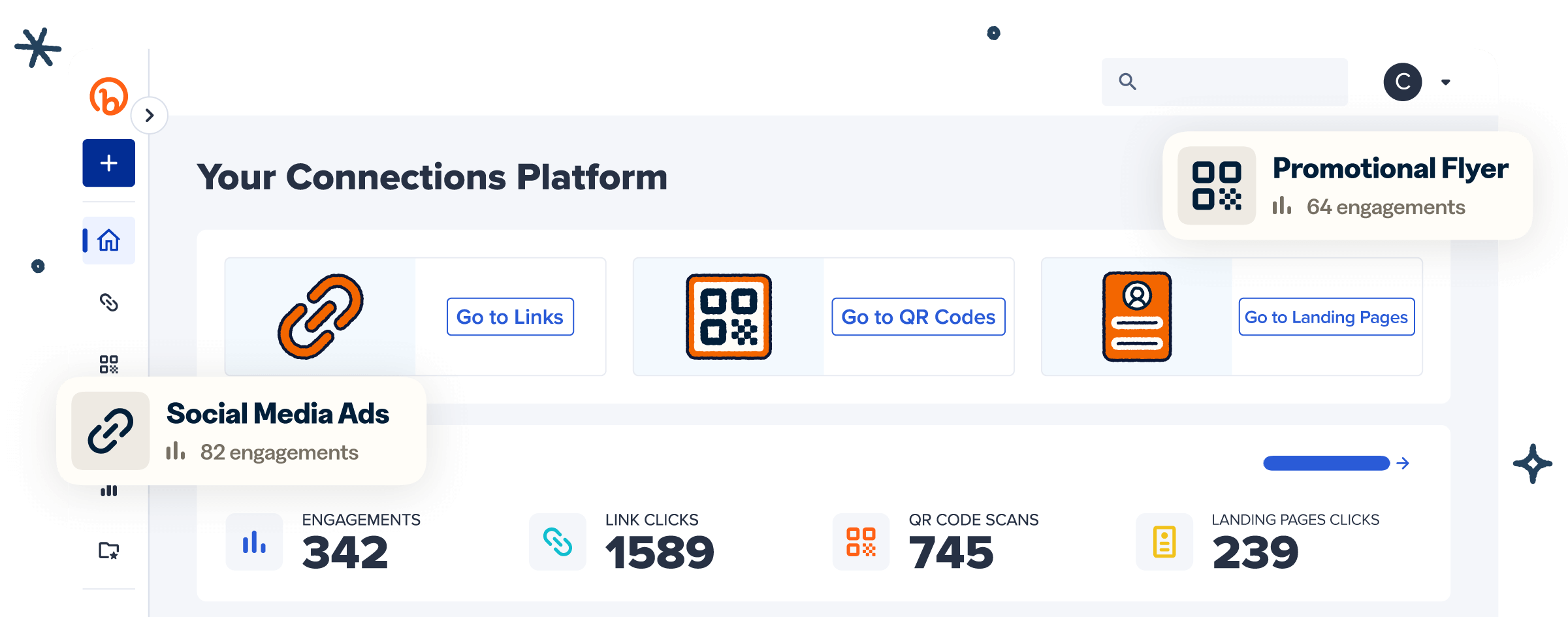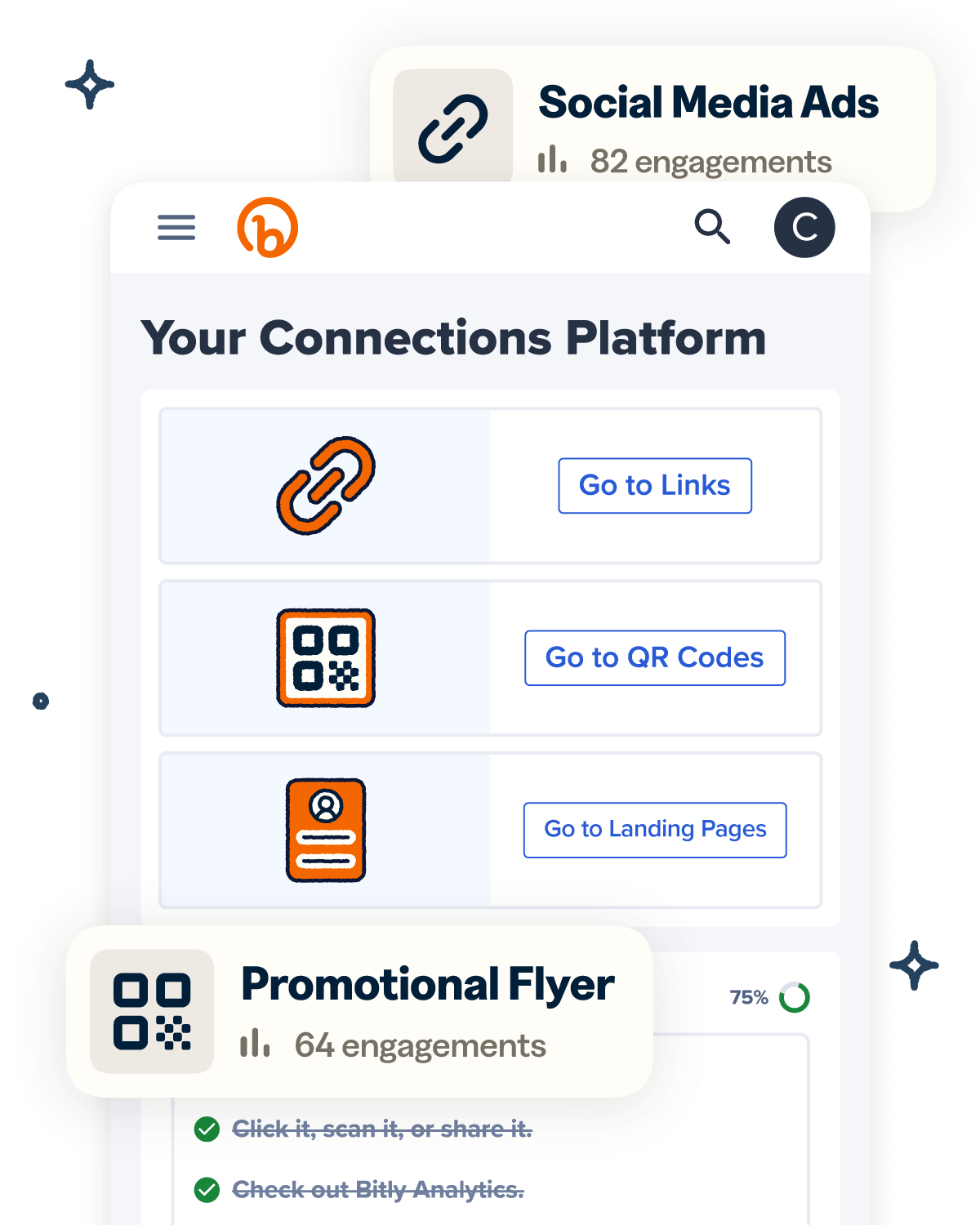Microsoft, Adidas, Netflix, Pepsi—at first glance, these brands might not seem to have much in common, besides being household names. But they all owe their success to one undeniable factor: a strong, recognizable brand that resonates with audiences worldwide.
When consumers see their logos, watch their ads, or use their products, they instantly know who they’re engaging with and what the brand stands for.
But brand recognition goes beyond a beautiful color scheme and an eye-catching logo. It’s about delivering consistent messaging and creating a cohesive experience across every touchpoint. Done well, it makes your brand familiar, even second nature, to your audience—often without them realizing it.
Let’s explore what it takes to build brand recognition that leaves a lasting impression.
Note: The brands and examples discussed below were found during our online research for this article.
What is brand recognition?
Brand recognition is the ability for anyone—whether they’re loyal customers, potential buyers, or even casual observers—to instantly identify your brand through elements like your:
- Logo
- Brand name
- Color palette
- Taglines
- Jingles
- Messaging
- Product features
Picture yourself strolling through the grocery store and spotting Coca-Cola, Hershey’s, and Heinz. You know them immediately—no introductions needed.
These brands have mastered the art of brand marketing, weaving their story, content, and products seamlessly across every physical and digital touchpoint.
Now, let’s clear up a common mix-up: brand recognition vs. brand recall. While they’re connected, they’re not quite the same. Brand recognition is when someone sees your logo or hears your tagline and knows it’s you. It could be on a social media ad, at an event, or simply on product packaging.
Brand recall takes it further—it’s when someone’s craving fast food and McDonald’s, with its iconic Golden Arches, pops into their mind without hesitation. That kind of unprompted recall doesn’t happen overnight. It’s embedded in the hearts and minds of your consumers over time. It’s built on the foundation of strong brand recognition.
Why brand recognition matters for businesses
According to Edelman’s Trust Barometer, 9 in 10 consumers worldwide say trust is a top factor when deciding whether to buy from a brand. Trust starts with recognition. If your brand feels unreliable, lacks a clear identity, or blends into the crowd, it’s hard for people to connect with you—let alone trust you.
On the flip side, a strong, stable brand identity works wonders for building loyalty. Take Apple, for instance. It’s a successful brand that is instantly recognizable everywhere—from its famous apple-shaped logo to its sleek iPhones and minimalist ads.
And while the company’s products are undeniably first-class, it’s Apple’s unwavering consistency—across design, messaging, and customer experience—that’s earned them a staggering brand value of $947.1 billion.
Benefits of strong brand recognition
Here’s a closer look at how high brand recognition pays off for your business, why it’s a crucial part of any successful marketing strategy, and some brand consistency tips to help you achieve it.
Builds trust and credibility
Trust is everything when it comes to today’s consumers, and familiarity is key to building it. A recognizable and uniform brand shows you’re reliable, professional, and serious about what you do.
Consistency matters down to the smallest details. For instance, on social media platforms and in paid marketing campaigns, a branded link like “yourbrandname.co/deal” looks far more polished and trustworthy than a generic URL. It reinforces your brand image by clearly connecting the link to your business.
But links are just one piece of the puzzle. Every touchpoint—whether it’s a blog, video, social media post, or flyer—is an opportunity to showcase your company’s core values, visuals, and story. These moments strengthen recognition and trust with both existing and potential customers.
Increases customer loyalty and repeat business
Research shows that brand awareness plays a bigger role in repeat purchases than you might think. Why? Because strong brand recognition fosters emotional connection. When consumers know your brand—its values, story, and personality—they’re more likely to feel that spark of loyalty that drives buying decisions.
You can tap into this psychology by creating branded experiences that make customers feel valued. If you’re an ecommerce retailer, you could add branded QR Codes to your product packaging. A quick scan could take customers to an exclusive behind-the-scenes video or a coupon for 10% off their next purchase. These small but thoughtful touches strengthen the bond between your brand and your customers.
Differentiates your business in competitive markets
Did you know that 5.5 million new businesses were created in the last year alone? That’s a lot of competition. To stand out in a sea of brands, you need to make yours instantly distinguishable. Strong brand recognition doesn’t just boost your visibility—it encourages engagement and gently nudges your target audience further down the marketing funnel.
For example, branded QR Codes offer a clear, recognizable point of connection that makes it easy for customers to interact with your brand. These small moments of engagement add up, creating familiarity and trust that not only differentiate you from competitors but also move prospects closer to conversion.
Drives word-of-mouth referrals
A staggering 80% of consumers rely on word-of-mouth recommendations to inform their purchasing decisions. These referrals might come from friends, family, or even trusted social media influencers. To be one of the brands consumers rave about, you need to be instantly recognizable.
When your brand has a cohesive presence across your website, social media, and beyond, satisfied customers feel confident sharing and recommending your products or services. This creates a ripple effect, helping you organically build trust with new audiences and grow your reach.
How to measure brand recognition
Measuring brand recognition isn’t just about numbers—it’s about understanding how well your strategy is working and finding opportunities to improve. Interestingly, some of the best ways to increase brand awareness also double as tools to measure its impact.
Here are some effective methods to evaluate your brand’s performance:
Conduct customer surveys and brand awareness studies
Customer surveys and brand awareness studies are excellent ways to collect actionable insights about your digital marketing efforts. These surveys help you understand how well your brand resonates with your target audience and where there’s room to grow.
Incorporating market research into your strategy can provide additional context, helping you uncover trends and behaviors that shape your audience’s perception of your brand.
Follow these tips to ensure you collect high-quality insights:
- Screen your audience: Use disqualifying questions to make sure your responses come from the right people—this way, you avoid irrelevant feedback.
- Set demographic quotas: Collect basic demographic data to ensure your sample represents your target audience accurately.
- Include both aided and unaided questions: Aided questions help you understand how your brand stacks up to competitors (“Which of these car logos have you seen before?”). Unaided questions like “What brands come to mind when you think of [product category]?” give insights into brand recall.
- Filter out bad data: Use software to remove low-quality responses, like speeders or patterned answers, for more reliable insights.
Monitor branded search volume
Want a quick way to gauge your brand recognition? Keep an eye on the search volume for branded terms, such as your company name, product names, or even campaign hashtags.
If more people are searching for these terms over time, it’s a clear sign that your brand is gaining traction. Steady upward trends mean your name is sticking in people’s minds—which is exactly what you want.
Track social media mentions and engagement
Social media is another goldmine for tracking brand recognition. Keep tabs on metrics like followers, mentions, likes, and comments to see how well your brand is connecting with your audience.
Using brand awareness tools like social media monitoring software or platform-specific analytics can help you spot trends and even discover what people are saying about your brand in real time. An increase in organic mentions of your brand indicates that your recognition is strengthening.
Use analytics tools to track engagement
Bitly branded links, landing pages, and QR Codes aren’t just great for building brand recognition—they’re also a rich source of data to help you refine your strategy. The platform includes Bitly Analytics, which you can use to track metrics like:
- Total engagements: See the combined clicks on your links, scans of your QR Codes, and interactions with your Bitly Page buttons.
- Engagements over time: Analyze trends to understand how specific campaigns perform across different periods.
- Engagements by referrer: Identify which platforms or sources are driving traffic to your content.
- Engagements by location (city/country): Discover where your audience is engaging geographically to inform targeted marketing efforts.
- Engagements by device: Learn which devices your audience uses so you can optimize content for different platforms.
An uptick in these metrics demonstrates that your brand recognition strategy is resonating with your audience. With these insights, you can refine your approach and ensure your campaigns reach the right people at the right time.
Take this further with A/B testing to discover what works best for your target audience. And for an even broader view of your content’s performance, integrate Bitly with tools like Google Analytics. This allows you to further optimize the customer journey and achieve even better results.
Build strong brand recognition for long-term success
Brand building is essential for earning trust, fostering customer loyalty, and standing out in a crowded market. But achieving strong brand recognition requires a consistent, standout presence across every customer touchpoint—and a well-executed brand strategy to bring it all together.
Bitly helps you create a seamless and trusted user experience with branded links and QR Codes that keep your business top of mind. Customizable links reinforce your brand’s identity, while real-time analytics offer valuable insights into engagement to fine-tune your strategy. With these tools, you can move from brand recognition to brand loyalty in no time, strengthening your connections with customers at every stage.
Ready to make your brand unforgettable? Explore Bitly’s plans today and start building a brand that stands out and resonates.




